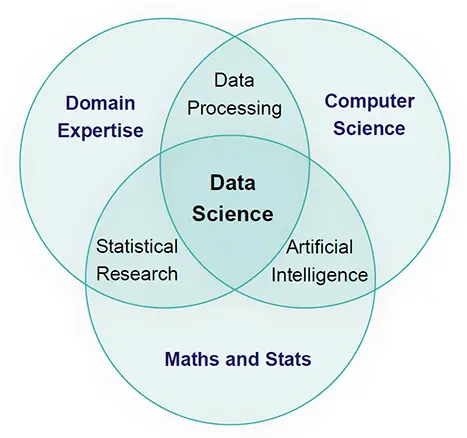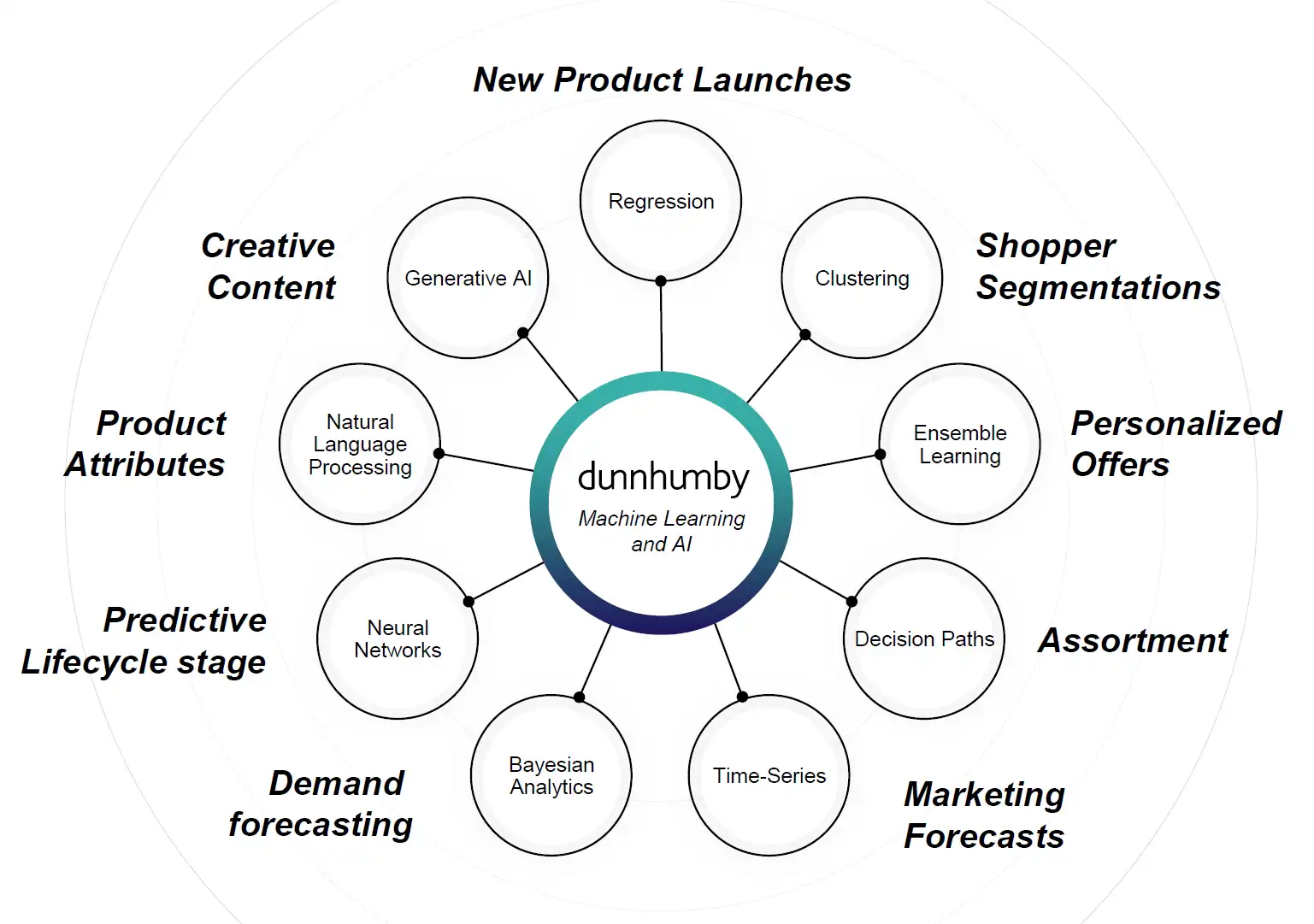AI: three breakout applications for consumer brands
The age of artificial intelligence (AI) is upon us – and with it, what seems to be a never-ending stream of new ideas and applications.
There are the huge, enterprise-grade platforms like Google's Cloud AI, for instance, or Microsoft’s Azure Machine Learning Studio. There are smaller, everyday applications that anyone can interact with – ChatGPT and Google’s Smart Compose, for example. And then there are the industry-specific niches, where AI might be used to create everything from personalised healthcare plans to fraud detection tools.
Naturally, this trend is only heading in one direction. The value of the AI market as a whole is expected to increase by around 13x over the next seven years1, and the number of AI-driven apps and services available will see prolific growth as a result.
On the one hand, that creates abundant opportunity. For companies that can put those tools to good use, AI could deliver incredible efficiencies, improve their decision-making, and even help to create entirely new business models. On the other hand, this explosive growth also has the potential to create a huge amount of additional complexity, leaving organisations unsure about where best to invest their time and effort.
That’s particularly true for consumer packaged goods (CPG) brands, for whom there will likely be a vast number of avenues to explore. It’s with that in mind that I wanted to look at the some of the breakout applications of AI for CPGs… and why data science is the foundation on which they will inevitably be built.
What’s old is new again: the thin line between data science and artificial intelligence
One of the first things to bear in mind when approaching the subject of AI is just how closely entwined it is with data science. Not only does data provide the foundation that AI needs to function effectively, as my colleague Sandra explains in her recent article: Personalisation, products, and price: some of the ways in which dunnhumby is using AI, AI is really just a tool; one that gives us a faster and less resource-intensive way of solving the same problems that we would through “traditional” data science techniques.
That fact has two key implications. Firstly, it means data science is now more relevant than ever; as the importance of AI has grown, so too has data science. Secondly, it means it’s crucial to remember AI isn’t always the solution – while there’s a lot of buzz around the technology right now, data science can usually provide many of the answers that CPGs are looking for.
What are those answers, though? What is it that CPGs should be using that combination of AI and data science to achieve? To my mind, it comes down to one thing above all else: making their lives easier through better and faster decision-making. Take these three examples…
- Brand growth navigation
Today, successful brand growth goes hand-in-hand with effective decision-making. The challenge with that, of course, is that brands have never had so much information to take into account when making those decisions. That’s true not just in terms of current and historic data, but emerging trends and market shifts as well – both of which they need to be able to react swiftly to.That information can include key triggers and catalysts. It can include their brand’s position against the competition. Whatever the specific sources happen to be, however, advanced data science (particularly when augmented with AI) can help brands turn raw information into growth-driving insights.
- Spend plan optimisation
Spend plan optimisation is critical for any CPG that wants to maximise its ROI and identify the right opportunities for brand development. As a result, scenario planning – particularly the ability to run through multiple scenarios at once – is vital. That requires CPGs to be able to test quickly and efficiently with new data, something AI can usually handle much better than a human (particularly at a granular level).With the right approach here, brands can use a combination of data science and AI to answer some of their biggest questions: how much money they should be spending, where they should be spending it, and the returns they can expect to generate as a result.
- Brand power
For brands to engage effectively with shoppers, they need to have a deep understanding of shopper preferences and behaviours. That means being able to ingest and integrate a range of (typically disparate) data sources, combining both business and market data alike to provide a true and complete picture.In doing so, not only can brands gain better insight into their audiences, they can also start to realise the true value of their data assets. In turn, that can help them to target their innovation more efficiently and effectively. As with the above challenges, AI-powered data science can be a critical enabler here.
Applying the right science to the right problem
If there’s one common factor across the three examples above, it’s the fact that they all require brands to simplify vast amounts of data into useful, actionable insights. Importantly, the key to doing that isn’t AI – though it can be of help. Instead, it’s about finding the “right” science for the “right” problem, and applying it effectively.
That’s best evidenced in the diagram below. Around the outer edge, you’ll find some of the key tasks and processes that CPGs find themselves faced with today. In the smaller circles are the data science techniques we can apply in pursuit of those goals. AI (particularly machine learning-based applications) can aid with those challenges, and bring them to a successful conclusion faster, but it isn’t how they’re solved.
More than anything else – and in spite of the current noise around AI – it’s clear there’s a lot more to explore here when it comes to possible applications for CPGs. What’s also apparent, though, is that AI and data science in tandem give us the ability to do something very special, and that’s to craft the “art of the possible”. Because, whatever the challenge, however complex the need, the data will always provide an answer.
TOPICS
RELATED PRODUCTS
Truly understand your Customers and unlock your Customer First transformation with Strategy Development, Research & Insights and Organisation Engagement
Design the right strategy with the Customer at the centerA look at dunnhumby’s unique Customer Data Science, which is at the core of everything we do.
Combining the latest techniques, algorithms, processes and applicationsThe latest insights from our experts around the world






